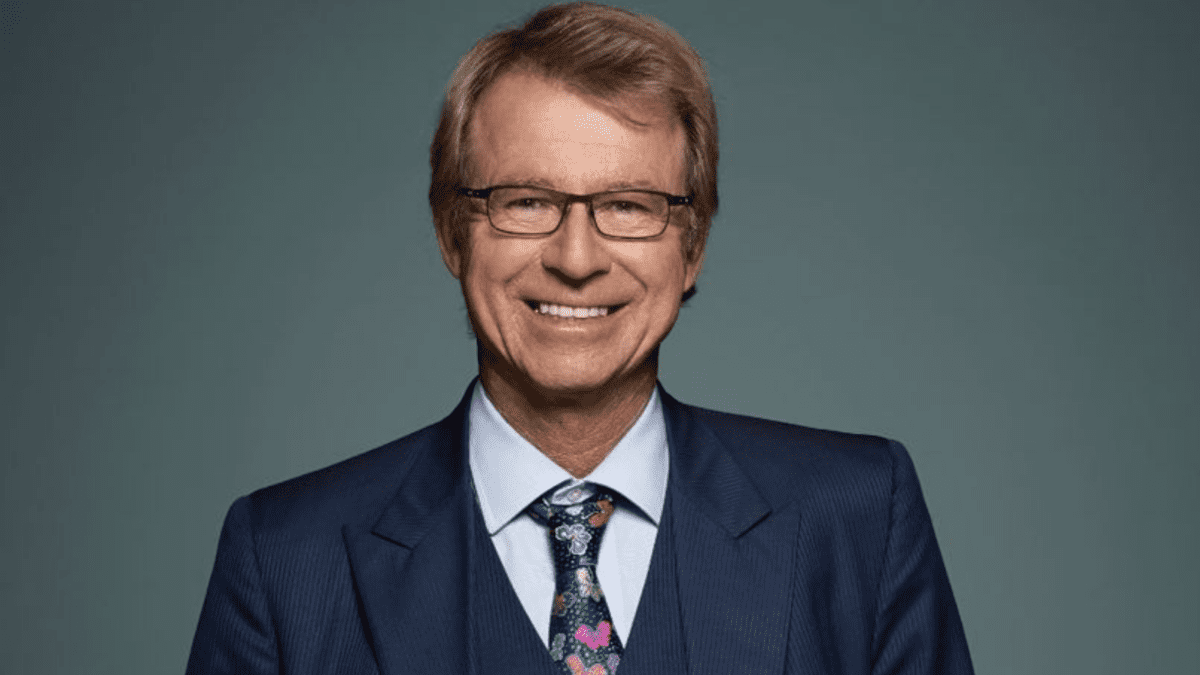Currency swings don’t deter Australians from offshore investments
With Australians today investing a greater proportion of their portfolios in international assets, currency volatility has an increasingly significant impact on returns: any fall in the Australian dollar boosts returns when assets are converted into the local currency, and vice versa. Investors considering hedging their foreign-currency exposure should be clear on the impacts of movements in local currency on the value of their investments.
The Australian dollar has fallen from a high of US$0.72 this year to its current level around US$0.66, up from its low around US$0.62 in October 2022. According to Westpac senior currency market strategist Sean Callow, the local currency remains vulnerable to further losses given stock market volatility related to global bank collapses.
“Market angst over banks hurt the US dollar as Fed pricing was savagely reversed,” Callow said. “But with concern turning to Europe, the US dollar looks to be on a firmer footing in the countdown to the [US Federal Reserve interest rate] decision. This leaves the Aussie exposed near-term.”
Despite the Australian dollar’s weakness, Felicity Thomas (pictured), senior private wealth adviser at Shaw and Partners, said most investors “take a longer-term view, and the currency risk comes out in the wash when invested over the longer term”. She noted that long-term returns on unhedged equity investments tend to be higher than those on hedged international equity investments.
Thomas said she nonetheless tries to take advantage of currency movements when buying and selling offshore investments. “If we are buying US stock from Australian dollars, we do tend to make these investments when the Australian dollar is strong. Then, if a client does wish to sell a position, we retain in US cash until there is weakness in [the Australian dollar] so we can generate some alpha in the currency trade.”
Taking a bet each way
There has been an increasing trend for fund managers to launch hedged options on unhedged international equity funds, putting the onus on investors or their advisers to make their own decisions on hedging.
Alistair Mills, head of institutional business at Betashares, said currency-hedged funds aim to minimise the effect of currency fluctuations and generate returns that more closely reflect the change in the underlying value of investments, stripping out the impact of currency changes.
“We have seen increased interest in the currency-hedged versions of our leading ETFs, including the currency-hedged versions of our Nasdaq 100 ETF and our Global Sustainability Leaders ETF,” Mills said. “So far in 2023, we have seen just under $25 million in net flows to the currency-hedged version of our Nasdaq 100 ETF.
“For context, its unhedged version has received just shy of $50 million in net flows over the same period. In the same vein, the Betashares Global Sustainability Leaders ETF – Currency Hedged has received nearly $50 million in net flows this year, while its unhedged version, the Global Sustainability Leaders ETF, has received $56 million in net flows since the start of 2023.”
VanEck head of investments Russel Chesler said longer-term investors generally prefer unhedged exposure for global equities. Reflecting that, year-to-date flows into the unhedged VanEck MSCI International Quality ETF are $68 million versus $17 million for the VanEck MSCI International Quality (Hedged) ETF.
Unhedged investments can bring diversification benefits to investors’ portfolios – even as US stock markets fall, the dollar typically depreciates at the same time, cushioning losses for Australian shareholders on US investments.
And hedging is popular as a way to smooth income streams from offshore fixed-income assets. “Fully hedging a portfolio’s fixed-interest allocation while targeting currency exposure in the foreign-equity allocation can be a useful starting point for investors,” according to Vanguard.
In addition, Chesler said, “when it comes to sectors such as infrastructure and real estate investment trusts, investors prefer hedged versions, which allow for more stable income distributions.”









